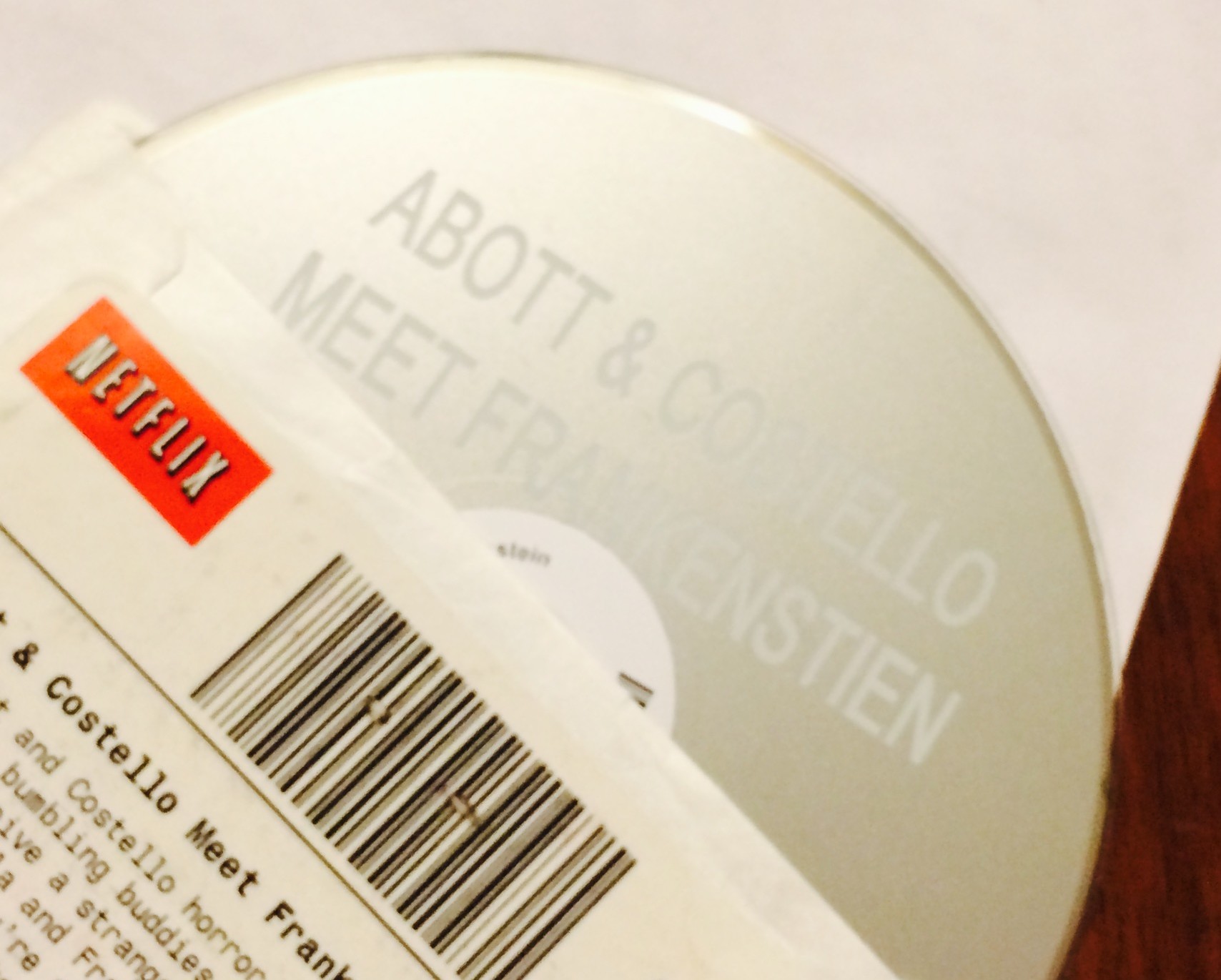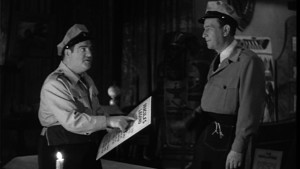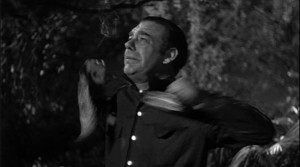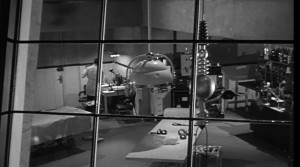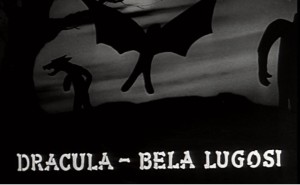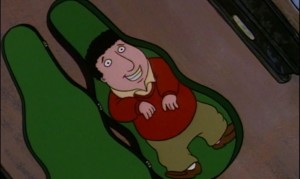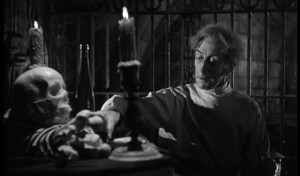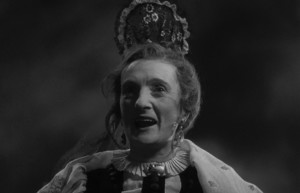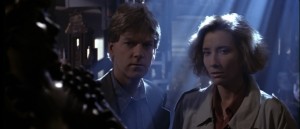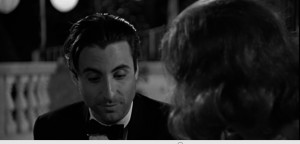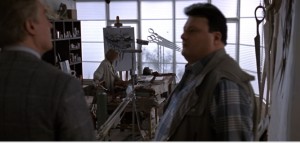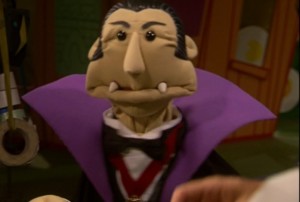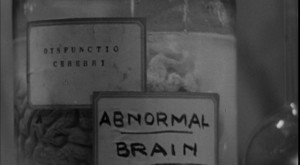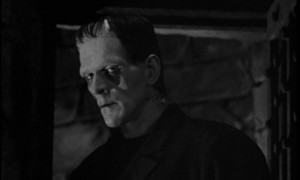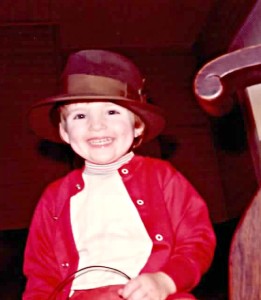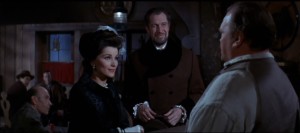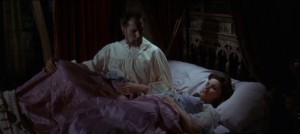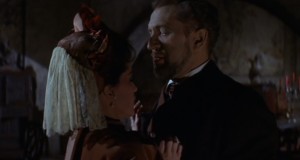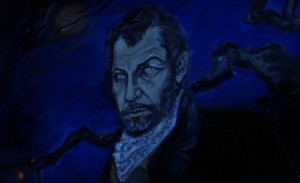I know, I know. It’s a new year! you’re saying. Again with the monsters! you’re saying. You had two thirds of a post about season 1 of Picket Fences in your drafts, all good to go…I’m saying, to myself, because you people didn’t know that. But then I rewatched Canadian werewolf movie Ginger Snaps and here we are.
Why Found-Again? Several reasons, but mainly that kind of ambient noise that often brings selections to my Netflix queue: a friend mentioned they hadn’t seen Ginger Snaps, the movie was discussed on some horror-themed podcasts I’ve been listening to—and, of course, I’ve been watching an unusual number of non-vampire “monster” movies this year. I don’t think Lawrence Talbot and Wilfred Glendon would invite Ginger to their parties, though.
The Premise: Morbid, disaffected teen sisters Ginger and Brigitte despise life in their nice, normal suburban community, and not because some creature is devouring the neighborhood pets. Things take a turn for the worse when delayed puberty and a werewolf both attack Ginger at the same time. Soon she’s growing a tail, tiny sharp teeth, and a taste for boys that alienates her younger sister.
I consider myself enough of an expert on watching horror movies without seeing gore that I am literally trying to write a little book about it, but this movie is meatily disgusting and there’s no real way to avoid it. (I’m guessing the folks behind the Does The Dog Die? website would be hospitalized after seeing this, assuming they were foolhardy enough to do so in the first place.)
I’m a bit leery of movies and stories that equate werewolfism and female cycles—perhaps because it’s closer to my demographic than, say, vampires, about whom I will swallow, no pun intended, the most on-the-nose lore you can imagine. But this equation is the central idea in Ginger Snaps, which under its constant thin layer of blood is really a movie about female roles in society: both sisters fear falling unaware into stereotypical “girly” behaviors, and Ginger’s reluctance to be cured clearly stems from her fear of being metaphorically devoured if she stops literally devouring. Their mother (a hilarious performance by Mimi Rogers), when she finds out her daughters are responsible for a classmate’s death, makes plans to blow up the house and run away with the girls because everyone will blame the murder on her parenting. You can’t win, the movie seems to say, so why not lycanthropy?
The Verdict: Mixed. I enjoy this movie now, writing and talking about it, more than I do when it seems like wading through a sea of deceased Rottweilers. I do love some of the details, though—the tail, the claws, the little teeth that no one but Brigitte seems to notice—and the idea of becoming a werewolf as a painfully slow and capricious transformation. Worth re-viewing, and one of these day I will get around to seeing the sequels.
Might go well with: Because I am still trying to use up the Christmas food, I actually ate summer sausage while I watched this. You probably shouldn’t.
